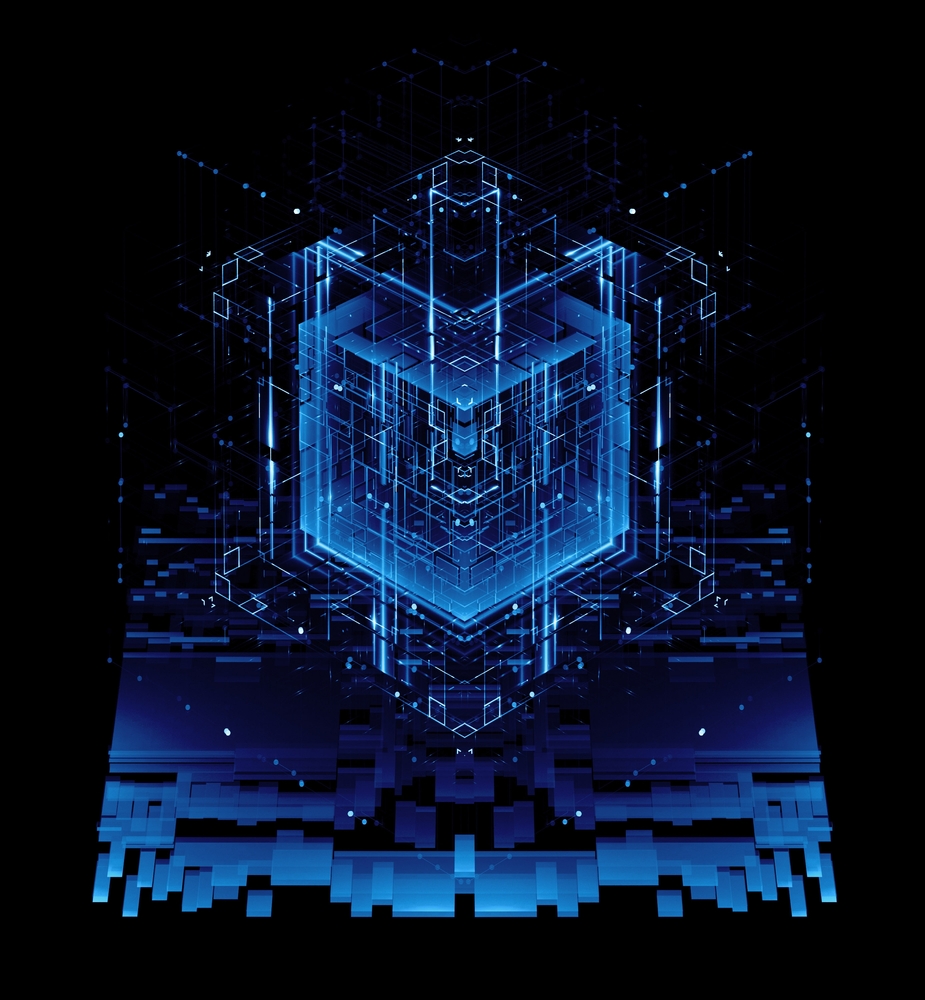For a direct impact of Fundamental Research in Markets
Quantum technology is complex
To facilitate the transition between fundamental research at the highest level and the quantum technology market, we must combine an advanced vision of fundamental research (also known as basic research), application-oriented research and industrial R&D into a highly interconnected, agile operation. This should lead to the emergence of both ambitious research projects and potential innovative application solutions that can lead to new companies or new product opportunities.
In disruptive technologies such as quantum technology, innovation is often hampered either by the unavailability of technological solutions which would allow science to advance rapidly, or by the lack of scientific results which would help to remove technological barriers. This is particularly true for quantum technology, as everything, from the concepts to the components, need to be created from square one.
From an ‘innovation hub’ combining high-level fundamental research and application development to a ‘start-up studio’ for quantum technology.
Naquidis is a unique hub where research projects at the highest level are jointly developed with their applications and technological solutions. More concretely, this disruptive innovation hub will bring together internationally renowned scientists and directors in charge of a clearly identified activity in fundamental research or in R&D with industry.
These directors will be programme managers who identify the potential synergies between players in Nouvelle-Aquitaine and what should be done to boost their development. They will have the capacity to launch R&D operations – either by assembling research teams that they head up directly at the host research unit, or by setting up projects financed by Naquidis and developed by other industrial or academic teams in the Region.
Meet the teamOur roadmap

Quantum Sensing
Several technological and usability breakthroughs can be demonstrated thanks to Naquidis activities. A non-exhaustive list includes 1) Advanced quantum protocols for improving sensor performance: optimal control, entanglement, and non-destructive detection, which represent key steps studied in laboratories with potential transfers to industrial partners 2) Demonstration of the possibility of using atomic accelerometers in a "strapdown" configuration for onboard sensors: this would lead to a significant reduction in the complexity of using this type of sensor and its size. These methods can be developed jointly between academic laboratories and industry, and could also be used for onboard gradiometers or gravimeters 3) The demonstration of performance on a site of interest for future commercial gradiometers: these new signals will lead to a complete change of approach to topics in geoscience, civil engineering and resource monitoring 4) Proof-of-principle demonstration of a small fiber-linked quantum sensor array. This would involve mostly existing cold-atom devices from iXblue and LP2N 5) Proof-of-principle of Hollow-Core Photonics Crystal Fiber (HCPCF) sensors for magnetic field monitoring and application to MEG.
Quantum Supply chain
The practical realization of Quantum Technology concepts has led to an explosion of new frontiers in R&D. Many different areas of current Quantum Technologies related hot topics (Quantum Computing, Quantum sensing, Quantum communications) share a common technology ground such as atom laser cooling and manipulation, advanced fiber optics and stabilization techniques, as well as ultrafast electronics or advanced detection systems for instance.
It requires the implementation of an aggressive R&D roadmap irrigating each step of the value chain. In photonics, it will extend from the Quantum Photonic Component (QPC) and sub-systems, toward complete Quantum Photonics Systems (QPS), tailored and fully optimized (wavelength, optical power, phase, noise stability, etc…) to perfectly match a specific Quantum application. 1) Quantum Photonics Components, with Hollow-Cor Photonics Crystal Fiber, Gas Nano-Void Photonic integrated Chip, Rare earth doped amplifying fibers, Fibered and integrated components, Electro-Optic Modulator for quantum application 2) Photonics Sub Systems with Low Noise Single Frequency Lasers, High Power low Noise Lasers & Amplifiers sub-systems, Frequency reference sub-systems, Low-noise electronics 3) Quantum Photonics Systems.


Quantum Communication and Information
Computer scientists and mathematicians of the University of Bordeaux and the University of Limoges have a long tradition of research at the forefront of the fields of Combinatorics and Graph Theory. Perspectives of NAQUIDIS' s activities are 1) Post-quantum Standardization: Ddeveloping new standards for post-quantum cryptography is of first importance for industry and the global security of communication. 2 proposals by researchers of NAR are still in the NIST standardization process and should advance to the fourth round; 2) Post-quantum cryptography for embedded devices with new efficient systems for code-based cryptography and in particular systems based on rank metric, these systems are especially interesting for their small key sizes; 3) Quantum algorithms and Decoding algorithms for quantum error-correcting codes; 4) Development of a Quantum information task force.
Partner with us
Industry collaborations
We actively work on developing cooperation with industrial players by implementing agile tools such as joint laboratories and industrial chairs.
Muquans for cold atom gravity observation systems
Azur Light Systems for the supply chain of quantum technology
iXblue….


Ecosystem collaborations
We believe in an ecosystem approach and work with companies in our local area. We also take part in the French National Quantum Plan and the Quantum Flagship initiative.
We are deploying local partnerships with the LaPhia cluster of excellence, the EUR Light Sciences & Technologies interdisciplinary program, the TACTIC Graduate School in Limoges and the Quantum Matter research program.
We also bolster partnerships, in particular those between the LP2N, CELIA, CRPP, XLIM, IMS, LOMA, IMB, LaBRI and INRIA.
International networks
We actively participate in many scientific and business conferences, either as speakers or co-organisers. We believe that supporting the exchange of ideas and strengthening international quantum communities are part and parcel of our role. Quantum Excellence Industry Event, Quantum Business Europe, etc.


Access to infrastructures
The Institut d'Optique Graduate School has been located in a 20,000 m2 building since 2011 on the Talence Campus. In addition to space for teaching and research, this building also houses the Alphanov incubator and the ‘Route des lasers et hyperfréquences’ competitiveness cluster. This fosters close ties between the Institut d'Optique Graduate School and the world of innovation and provides a genuine technical platform, a crucial step in facilitating technology transfer.
XLIM is a multidisciplinary research institute located on several geographical sites: in Limoges on the ENSIL, Faculté des Sciences et Techniques and Ester-Technopole campuses, in Brive on the IUT GEII campus and in Poitiers on the Technopole du Futuroscope campus.



